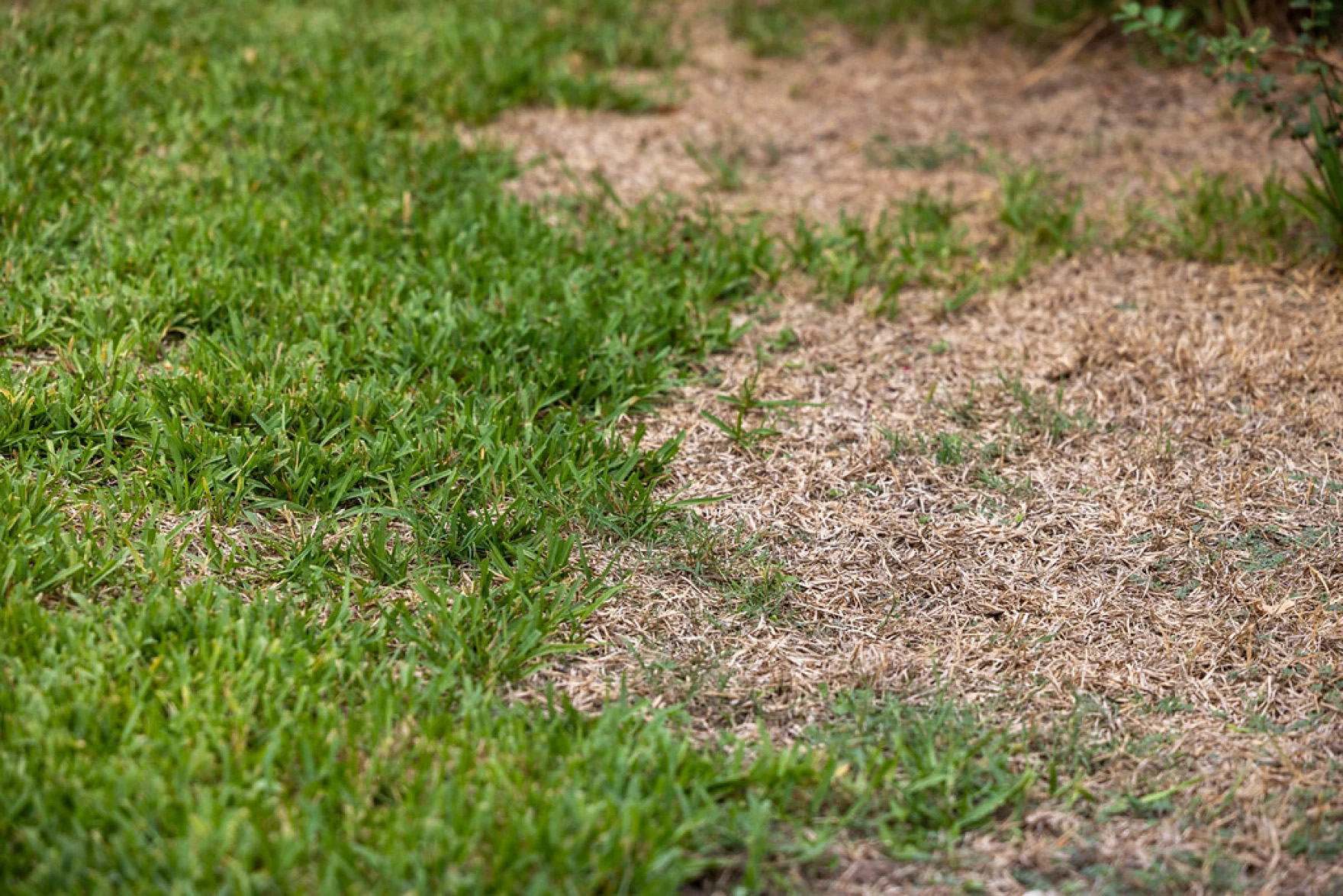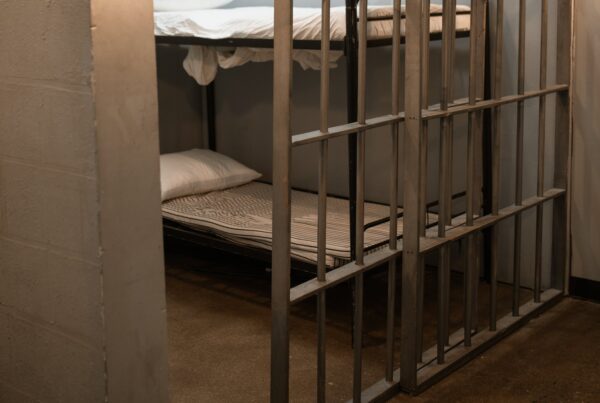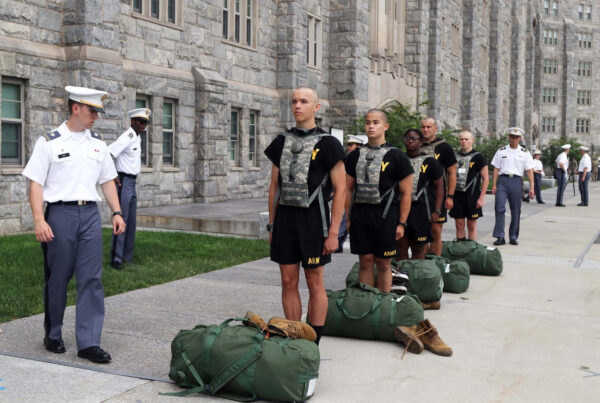From KUT:
Kim Algoe’s lawn in San Marcos is dried up and crunchy. She has lived in the neighborhood for about a year and a half now, but she said this is the driest she has seen it.
“I’m hoping it comes back when we get some rain,” Algoe said. “Maybe that’s hopeful, I don’t know.”
Central Texas did get some much-needed rain last week, but the region is still seeing some of the most intense drought in Texas. This has led cities and counties to issue water restrictions as a way to combat high demand and low supply.
These calls for conservation include specific schedules for when residents can use outdoor sprinkler systems, water by hand and use decorative water features like fountains.
Algoe said she hasn’t watered her lawn at all this summer, but she’s worried others aren’t doing the same. Her next-door neighbor’s house has a lush, green lawn. She thinks they’re watering when they’re not supposed to be.
“I don’t know what he’s thinking,” Algoe said. “Like he doesn’t have to play by the same rules or something.”
Getting people to listen
Jan De La Cruz, conservation coordinator for San Marcos, said local water sources reached historic lows this summer. Her department has been trying to educate people and get residents to follow the rules.
“We send out a lot of information by direct mail, by email, we use social media, newspapers,” De La Cruz said. “We just try to get the word out however much we can.”
The City of San Marcos entered drought restrictions in March of last year and escalated to Stage 4 in late August of this year for the first time in nearly a decade.
Under these restrictions, the city needs to decrease its water use by more than half, but De La Cruz said meeting water reduction goals can be hard.
“That’s not necessarily achievable, especially because the population is growing so rapidly in our area,” she said.
The city’s focus isn’t actually enforcement — it’s education, according to De La Cruz. And although the department wants compliance, she said nobody benefits from fines.
“We have issued some fines in the past, but we definitely try not to,” she said.
The nearby City of Kyle is also struggling with water. Jerry Hendrix, Kyle’s assistant city manager, said its water department has a similar approach: educating people rather than punishing them. But, he said, they’ve given residents more than enough time to be informed and are ramping up enforcement.
“We are doing random water patrols at various times throughout the day and night, but we find ourselves leaving the same door hanger on the same door multiple times,” he said. “That’s when we start looking at citations.”
Kyle water patrols have recorded 542 violations this year and more than 20 violations have been sent to the municipal court, according to the city. But even with citations, Kyle has been struggling to keep up with water demand and has had to buy more from San Marcos.
What does work?
The City of El Paso has been working to answer this question since the 1950s, when a seven-year, statewide drought changed the city’s relationship to water. Since then, El Paso has prioritized conservation.
“We’re pretty dry out here,” said Jennifer Barr, conservation manager for El Paso Water. “We’re in kind of the northern end of the Chihuahuan Desert, and we only get about eight inches of rainfall on average per year.”
Even though El Paso is dryer than Central Texas cities, Barr said they have plenty of water. The city also has a long history of offering money to help people save water through rebate programs.
“We did toilet rebates, grass removal rebates or turf replacement rebates,” she said. “We did washer rebates and we replaced millions of square feet of turf with xeric landscaping.”
The city isn’t under drought restrictions. Instead, it has a year-round ordinance with conservation rules residents have to follow. Barr said it’s strictly enforced. Neighbors are constantly calling in when they see violations, and Barr said it usually takes only one warning for people to start complying.
“If you violate our water conservation ordinance, there is a criminal penalty,” she said. “It’s a misdemeanor.”
That means water violations can show up on your record, a penalty that has been effective at discouraging water waste, Barr said. Now, the city is looking to switch to citations to keep people in line.
“We do have repeat violators wasting water consistently,” she said. “[With citations,] we would be able to not have to wait for months to get them into municipal court and we’d be able to fine them.”
Barr said the enforcement process would be much quicker, but the culture of conservation has already been in place for decades.
Barr’s biggest piece of advice for Central Texas: Start water education as early as possible.
“We start young,” she said. “We have a water resources learning center where kids come in of all ages and learn about water conservation and their water resources.”
Barr said kids come out for field trips and learn about the flora and fauna of the Chihuahuan Desert from the department’s mascot, Willie the Waterdrop.
“They learn what kinds of adaptations those animals and plants have done to live in the desert,” she said. “Then they find out what kind of adaptations humans have made and maybe should make to live in the desert.”
Willie teaches kids to take shorter showers and turn off the water while brushing their teeth, lessons Barr hopes they’ll take into adulthood — and maybe even back home to their parents.














